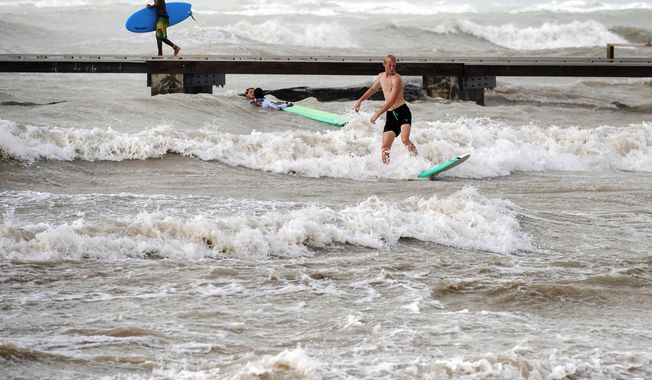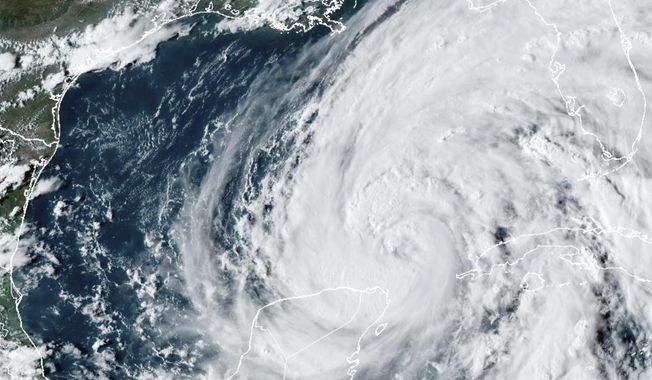
This Nov. 11, 2012, photo shows surfers on a broad, sandy beach near the NRG El Segundo power plant in El Segundo, Calif. A new study predicts that with limited human intervention, 31 percent to 67 percent of Southern California beaches could completely erode back to coastal infrastructure or sea cliffs by the year 2100, with sea-level rises of 3.3 feet (1 meter) to 6.5 feet (2 meters). The study released Monday, March 27, 2017, used a new computer model to predict shoreline effects caused by sea level rise and changes in storm patterns due to climate change. (AP Photo/John Antczak)
Featured Photo Galleries














